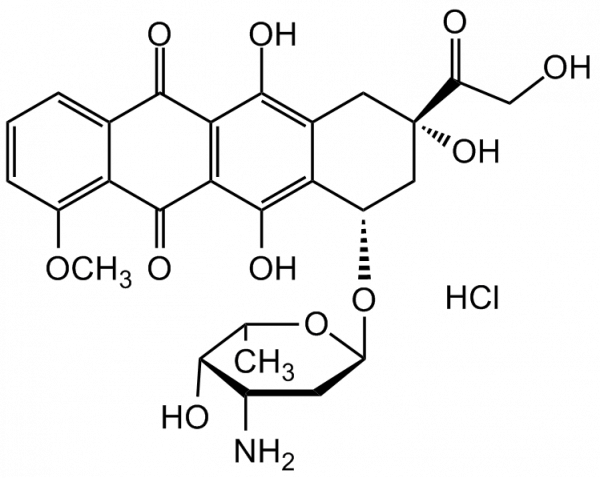Cookie preferences
This website uses cookies, which are necessary for the technical operation of the website and are always set. Other cookies, which increase the comfort when using this website, are used for direct advertising or to facilitate interaction with other websites and social networks, are only set with your consent.
Configuration
Technically required
These cookies are necessary for the basic functions of the shop.
"Allow all cookies" cookie
"Decline all cookies" cookie
CSRF token
Cookie preferences
Currency change
Customer-specific caching
FACT-Finder tracking
Individual prices
Selected shop
Session
Comfort functions
These cookies are used to make the shopping experience even more appealing, for example for the recognition of the visitor.
Note
Show the facebook fanpage in the right blod sidebar
Statistics & Tracking
Affiliate program
Conversion and usertracking via Google Tag Manager
Track device being used

| Item number | Size | Datasheet | Manual | SDS | Delivery time | Quantity | Price |
|---|---|---|---|---|---|---|---|
| CDX-D0257-M010 | 10 mg | - | - |
3 - 9 business days* |
61.00€
|
||
| CDX-D0257-M050 | 50 mg | - | - |
3 - 9 business days* |
145.00€
|
If you have any questions, please use our Contact Form.
You can also order by e-mail: info@biomol.com
Larger quantity required? Request bulk
You can also order by e-mail: info@biomol.com
Larger quantity required? Request bulk
Doxorubicin, a broad spectrum anthracycline antibiotic, inhibits DNA and RNA synthesis in... more
Product information "Doxorubicin hydrochloride"
Doxorubicin, a broad spectrum anthracycline antibiotic, inhibits DNA and RNA synthesis in mammalian cells and has been shown to be a very effective anti-tumor agent. Doxorubicin binds to nucleic acids by intercalating the DNA double helix and stabilizing topoisomerase II cleavage complexes, leading to DNA strand breaks at specific doxorubicin-induced sites and formation of reactive oxygen species (ROS) in cells. It also been shown to evict histones leading to chromatin damage. Doxorubicin induces apoptosis by inducing the accumulation of the p53 tumor suppressor protein and has been shown to have immunosuppressive properties. DOX can reduce mitochondrial NADH accumulation and impair oxidative phosphorylation in heart tissues, events associated with reduced glucose uptake. Doxorubicin can also induce the opening of mitochondrial permeability transition pore, resulting in the loss of mitochondrial membrane potential, thus explaining DOX-mediated apoptosis in cardiomyocytes. Doxorubicin is a substrate of MRP1. Doxorubicin shows antimalarial activity and has been shown to inhibit parasite growth. Doxorubicin is used in the treatment of non-Hodgkin's lymphoma and other cancers. Doxorubicin is naturally fluorescent with lambdaex at 480nm and lambdaem at 600nm. The fluorescent property has been exploited for the measurement of drug efflux pump activities as well as resolving the important question of intracellular localization of various multidrug resistance proteins and the role of subcellular organelles (Golgi and lysosome) in the sequestration of drugs and its implication in drug resistant phenotypes. Product References: (1) H.G. Keizer, et al., Pharmacol. Ther. 47, 219 (1990) (Review) , (2) S. Patel, et al., Mol. Pharmacol. 52, 658 (1997) , (3) E. Lorenzo, et al., J. Biol. Chem. 277, 10883 (2002) , (4) S. Wang, et al., J. Biol. Chem. 279, 25535 (2004) , (5) C. Carvalho, et al., Curr. Med. Chem. 16, 3267 (2009) (Review) , (6) C.F. Thorn, et al., Pharmacogenet. Genom. 21, 440 (2011) (Review) , (7) O. Tacar, et al., J. Pharm. Pharmacol. 65, 157 (2013) (Review) , (8) A.A. Wakharde, et al., Am. J. Clin. Microbiol. Antimicrob. 1, 1009 (2018) (Review) , (9) X. Qiao, et al., PNAS 117, 15182 (2020) (Review) , (10) H. Kumari, et al., Front. Cardiovasc. Med. 7, 56 (2020) (Review) Appearance: Orange to light red powder. Solubility: Soluble in DMSO (20mg/ml) or water (20mg/ml). Slightly soluble in methanol. Identity: Determined by 1H-NMR. InChi Key: MWWSFMDVAYGXBV-RUELKSSGSA-N Smiles: O=C1C2=C(C(O)=C([C@@H](O[C@H]3C[C@H](N)[C@H](O)[C@H](C)O3)C[C@@](C(CO)=O)(O)C4)C4=C2O)C(C5=C(OC)C=CC=C51)=O.Cl
| Keywords: | DOX, Hydroxydaunorubicin, Adriamycin, NSC 123127 |
| Supplier: | Chemodex |
| Supplier-Nr: | D0257 |
Properties
| Application: | Broad spectrum anthracycline antibiotic |
| MW: | 579.98 D |
| Formula: | C27H29NO11 . HCl |
| Purity: | >98 (HPLC) |
| Format: | Solid |
Database Information
| CAS : | 25316-40-9| Matching products |
Handling & Safety
| Storage: | +4°C |
| Shipping: | +20°C (International: +20°C) |
Caution
Our products are for laboratory research use only: Not for administration to humans!
Our products are for laboratory research use only: Not for administration to humans!
Information about the product reference will follow.
more
You will get a certificate here
Viewed

